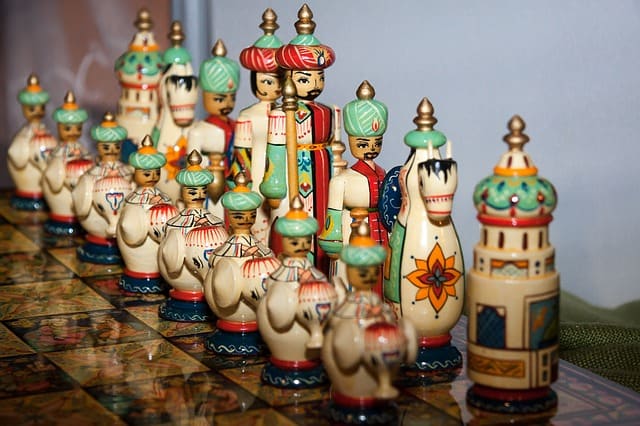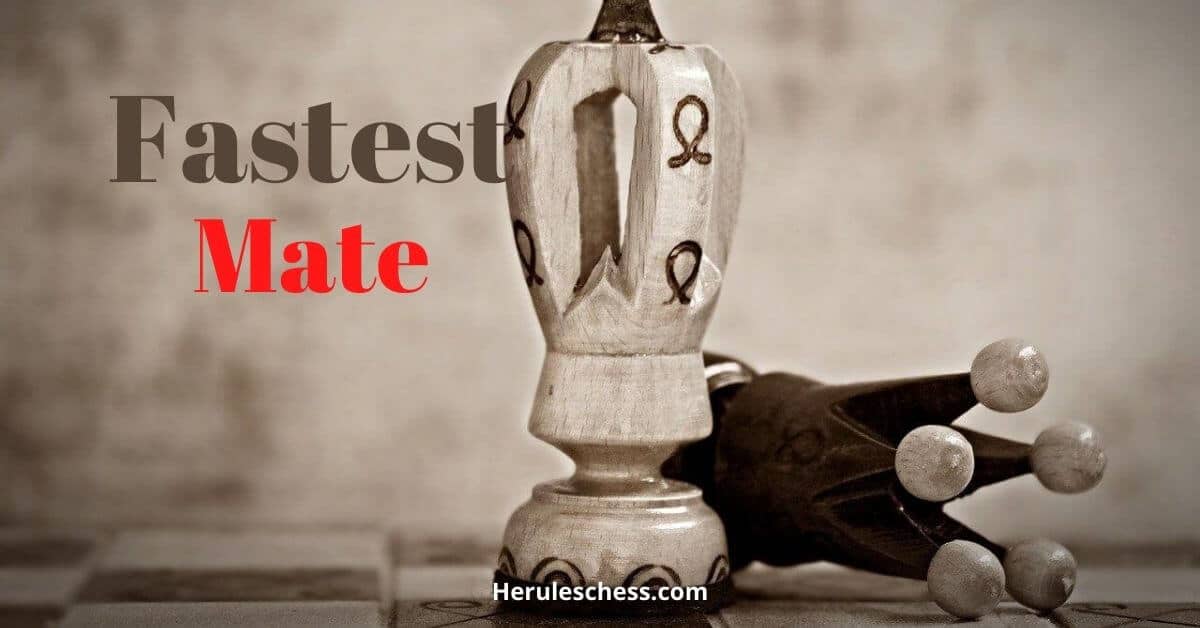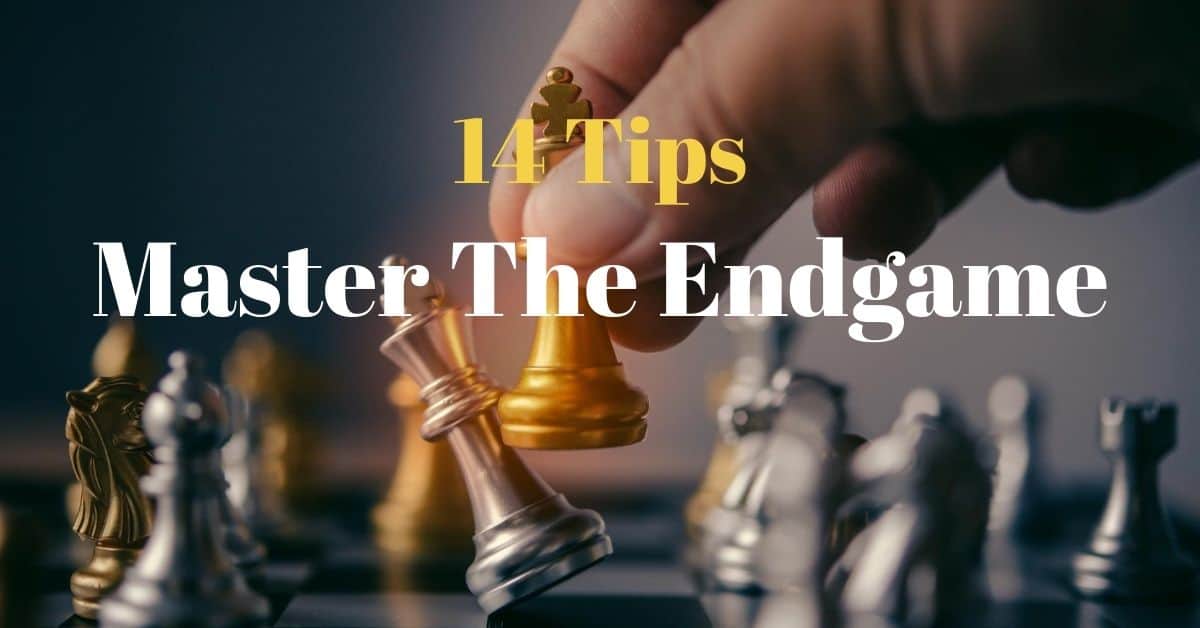Before any chess player tries to go over the various chess openings and tactics, it is important that we know about how this beloved game originated. The history of chess is fascinating enough and you would be impressed to see how this game has transformed over the years.
The version that we know today is not how it started centuries ago. Let us rewind the clocks and look deep into the marveling history of this game.
History Of Chess – Chaturanga
Even though we cannot associate a certain starting timeline with this game, we will have to go by the time frame agreed upon by most historians. The game of Chaturanga was believed to have been invented in India around the sixth century.
It was during the rule of the Guptas that the game of Chaturanga was discovered. The game was then called Chaturanga, based on the four divisions of the military. At that point of time, the four divisions of the army were the elephants, infantry, horse cavalry and chariots, and the pieces in the game represented these four divisions.
In the game of Chaturanga, the king was accompanied by his general or counselor and there was no Queen. The rules of Chaturanga differ from the rules of modern chess in many aspects and though these two games had different rules, the game of Chaturanga can be played easily on the modern chessboard.
In the game of Chaturanga, the soldier was allowed to move only one square as part of his initial move unlike the pawns of today, which are allowed to move two squares as part of their initial move.
Another important difference between the two games lay in the way the pieces were arranged on the board. In the modern version of chess, the kings are placed facing each other. However, in the game of Chaturanga, the kings were placed in a diagonally opposite fashion.
A chief distinction in rules is that in Chaturanga, to win, the player must eliminate all the pieces of the opponent, except their king; hence it is very clear that the concept of checkmate does not exist in the game of Chaturanga.
Another key variance is that if a player manages to stalemate the opponent, the player who is stalemated wins the game. This contradicts with the rule in modern chess, namely, stalemates are considered as a draw.
Travel to Persia
When Chaturanga moved to Persia, this game underwent several changes and the biggest revolution in the game of chess happened at this point of time. The game soon became a hit among the noble families of Persia and very rapidly became an integral part of formal education in Persia.
When Chaturanga moved to Persia, it was known as “Shatranj”, and when you look at the rules of this version, you will realize that it is not so different from the modern version that we are now accustomed to; nevertheless, there were still differences between the two.
It was during this stage when several modern day tactics emerged, in other words, many famous chess tactics employed today were actually derived from Shatranj. The way the various pieces were arranged on the board is not different when you look at both the games.
The significant difference between the two, like in Chaturanga, lays in the fact that the pawn was not allowed to move more than one step initially under Shatranj. Also, just like how it was in Chaturanga, if a player managed to eliminate the pieces of the opponent, except their king, he was considered as a winner in the game of Shatranj.
On the other hand, if a player managed to stalemate the opponent, he was considered as a winner. This is the polar opposite of the stalemate rule under Chaturanga.
It was during this period when several prominent players emerged. These popular players wrote several books on the various strategies, openings, and tactics also spoke of their experiences. These literary accounts by the Shatranj players were the initial contributions made to chess literature. A few noteworthy Shatranj players during this period were Al-Razi, As-Suli and Rabrab.
Chess in Europe
When the Islamic conquest of Persia happened in the seventh century, the game of Shatranj traveled to all the Muslim countries. By the end of 1000 A.D., this game soon became popular in Russia and Europe.
Eventually, the game even spread to Japan and China. The Japanese and Chinese improved the game of Shatranj and brought about a lot of variations and these versions of chess have major differences from the style of chess that is played all over the world.
From the beginning of the 13th century till the end of the 15th century, this game underwent a lot of changes. Several rules of Shatranj were changed and newer tactics were discovered and employed. The rules that were framed during this period were soon accepted all over Europe.
These rules are still in practice in all tournaments across the globe even today and it was during this time that the game of Shatranj started transforming slowly into chess.
Eventually, more rules were created to ensure that the game did not take eons to finish. The pawns were allowed to move two squares as a part of their initial move precisely due to this reason.
The move known as “en passant” also came into existence to speed up the game and in addition, it was during this time that the concept of castling was also introduced. With the advent of the fourteenth century, the powers of the Queen and the Bishop increased tremendously.
The Queen gained a lot of power and there was a point in time when chess was referred to as “Mad Queen Chess” because of the powers bestowed upon the Queen. When the fifteenth century rolled in, the game started resembling what we are now familiar with today. Several famous chess strategies and tactics were also discovered during this era.
I hope you found the history of chess fascinating and intriguing. Who would have thought that the simple game of Chaturanga would evolve into one of the most popular games in the world today, chess!





